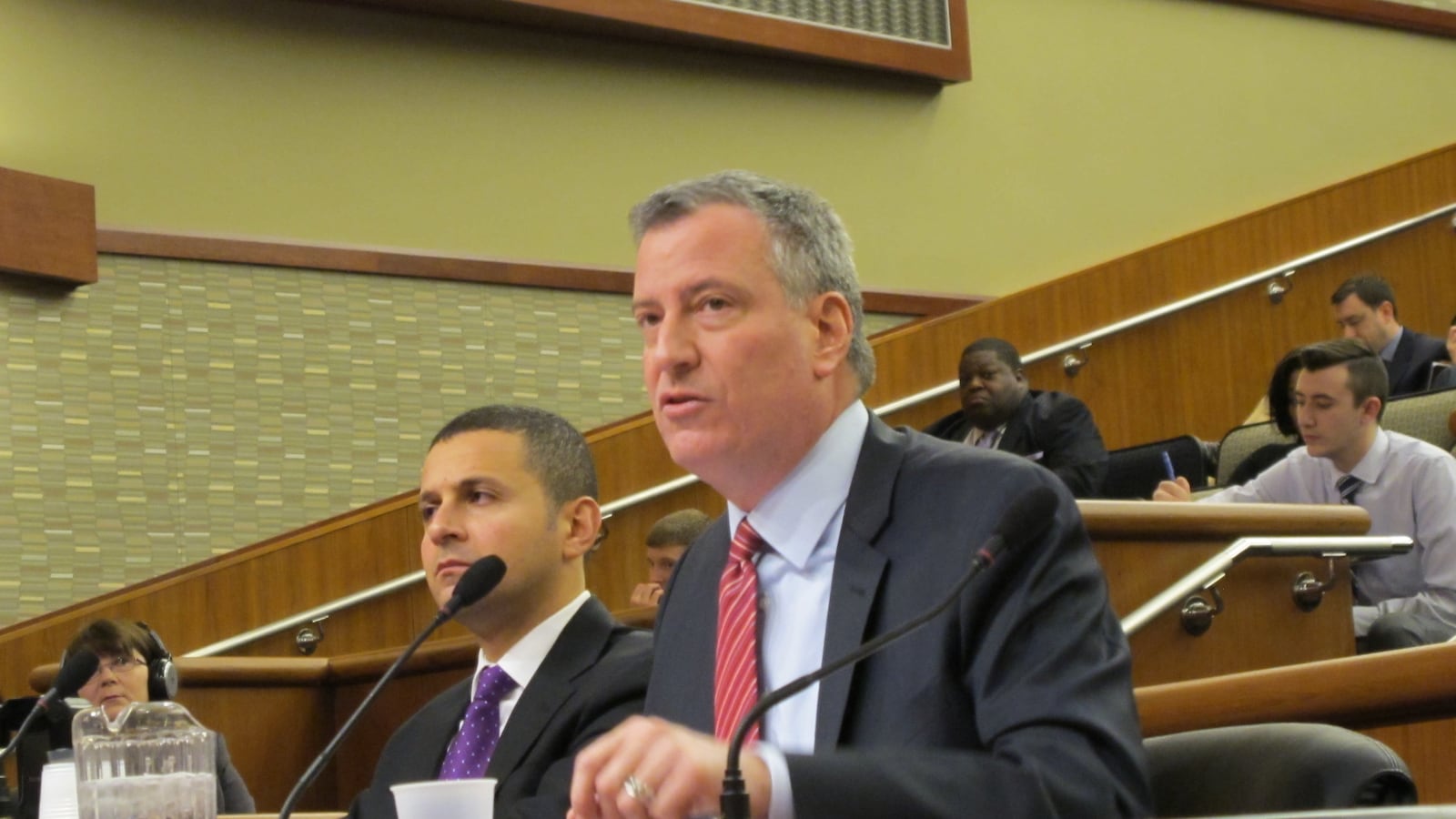Senate Majority Leader John Flanagan introduced legislation late Wednesday to raise the statewide charter school cap by 100 schools and rein in mayoral control of the city school system.
The bill would extend mayoral control by just one year and includes significant checks on the mayor’s power over the city’s schools. The city would also be required to provide new data on its school funding and receive approval from the state legislature before passing its education budget.
The proposal raises the state’s charter-school cap from 460 to 560 schools and eliminates the limit on the number of schools that could open in New York City, which has seen the fastest charter school growth of any part of the state. The Senate bill also takes out language that set a specific number of charters that each of the state’s two authorizers could approve. Under current law, the Board of Regents and the State University of New York had control over an equal number of available charters, and only a set number of schools could open in New York City and Buffalo.
Under the current cap, the city has up to 25 charters that could still be approved. All but one of those is assigned to the Board of Regents, which this month rejected all of its charter applications in an unusual move. The change offers SUNY potential control of some charters the Regents have been charged with distributing.
The bill puts no cap on how many charters each authorizer can give out, and includes no geographic constraints or restrictions on how many can be given out each year.
The changes would offer charter applicants more freedom to decide which authorizer they want to apply for a charter from, which could set up a fiercer competition between the Board of Regents and SUNY. The 17 members of the Board of Regents are appointed through a joint legislative process that is controlled by the Democrat majority in the Assembly, while SUNY’s three-person charter school subcommittee is appointed predominantly by the governor.
The legislation would also give an admissions preference to children whose parents work at charter schools, and would loosen teacher certification requirements for charter schools. Here’s an outline of the changes:
SUMMARY OF SPECIFIC PROVISIONS: Section 1 and 2: Extends mayoral control in New York City and other current sections of Article 52-A of the Education Law for one year to June 30, 2015. Section 3: Increases the statewide cap on charter schools from 460 to 560, removes regional caps placed on charters granted, and returns charters that were previously granted but not currently being used to the pool of available charters. Section 4: Requires the New York City Department of Education to report on the distribution of specific types of funding by individual school and per pupil. Section 5: Makes budget and expenditure reports of New York City Department of Education schools more readily available by placing them on the department’s website. Section 6: Requires the Department of Education to maintain certain information to be made available to members and officers of the Executive and Legislature. Section 7: Requires the mayor of New York City to submit an education budget plan to the Director of the budget, the temporary president of the Senate, and the speaker of the Assembly for approval. Section 8: Provides for an enrollment preference for children of charter school employees accounting for up twenty percent of newly admitted students. Section 9: Allows charter schools to employ individuals, up to the greater of thirty percent of total teaching staff or five, that meet certain exceptional statutory criteria, but lack teaching certification.

